Generally, sealing is a good way to protect and prolong the life of things you apply it to. But is it necessary to seal your roof tiles? We researched this topic and this is what we found.
Sealing concrete roof tiles is not necessary. This is so that even when you use porous concrete tiles on pitched roofs, they prevent water from entering the home. You still have the option of waterproofing or weatherproofing concrete with sealer, but it might not be worth the money and time.
Although it is not necessary, there are still advantages when you seal your roof tiles. So we'll cover those advantages in our discussion below. We'll discuss the drawbacks you might encounter should you choose to go for it anyway. We'll also tackle what the best roof tiles and sealers are that you can use. So keep reading!
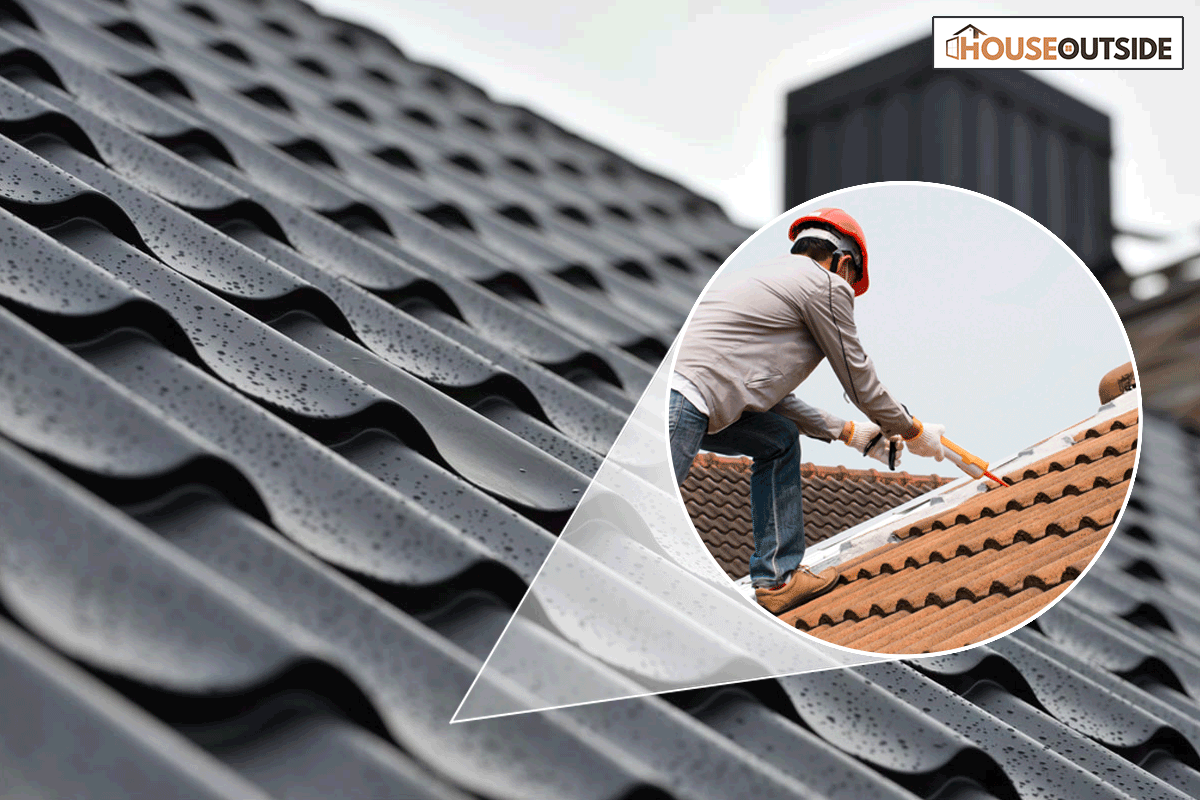
What Are The Advantages Of Sealing Roof Tiles?
Here are some of the benefits you can reap once you seal your roof tiles:
- Sealing extends the lifespan of your concrete by preventing the growth of mold, algae, and mildew as part of the maintenance process for maintaining it.
- The sealer also guards against the color of the concrete fading if it contains a specific color pigment.
- Sealants will protect your concrete from the sun's harmful UV rays and can offer defense against adverse weather like snow, hail, rain, or other debris falling on the roof of your home.
- Properly sealed concrete prevents rain from penetrating its pores and potentially seeping into your home.
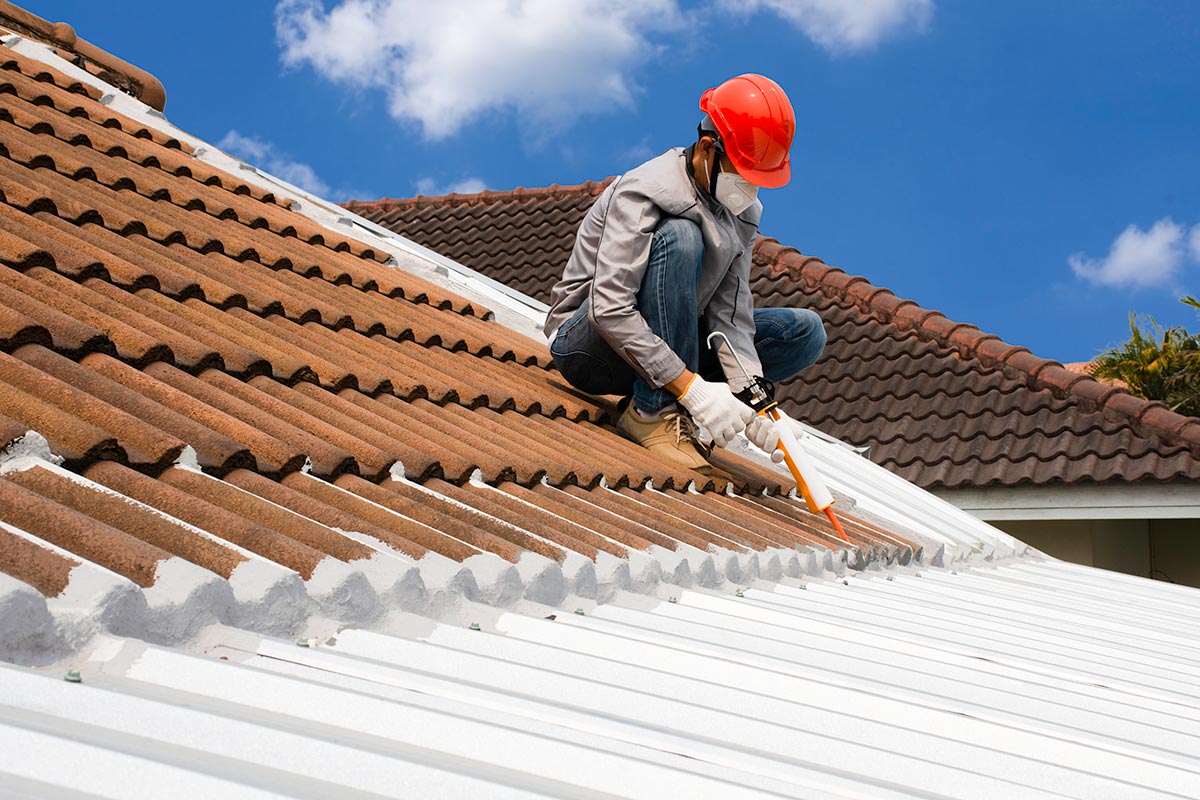
Disadvantages of Sealing Roof Tiles
A sealer does not completely ensure that your concrete will be secure in the future. Here are some drawbacks to sealing the roof tiles:
- Every three to five years, you will need to reapply it to the concrete.
- Some sealants might not be as environmentally benign as they claim to be, and they might contaminate the soil, trample your house's grass, or taint gardens.
- If inhaled in an unventilated area, it can damage clothing and discolor things.
- It can get expensive to seal an entire roof.
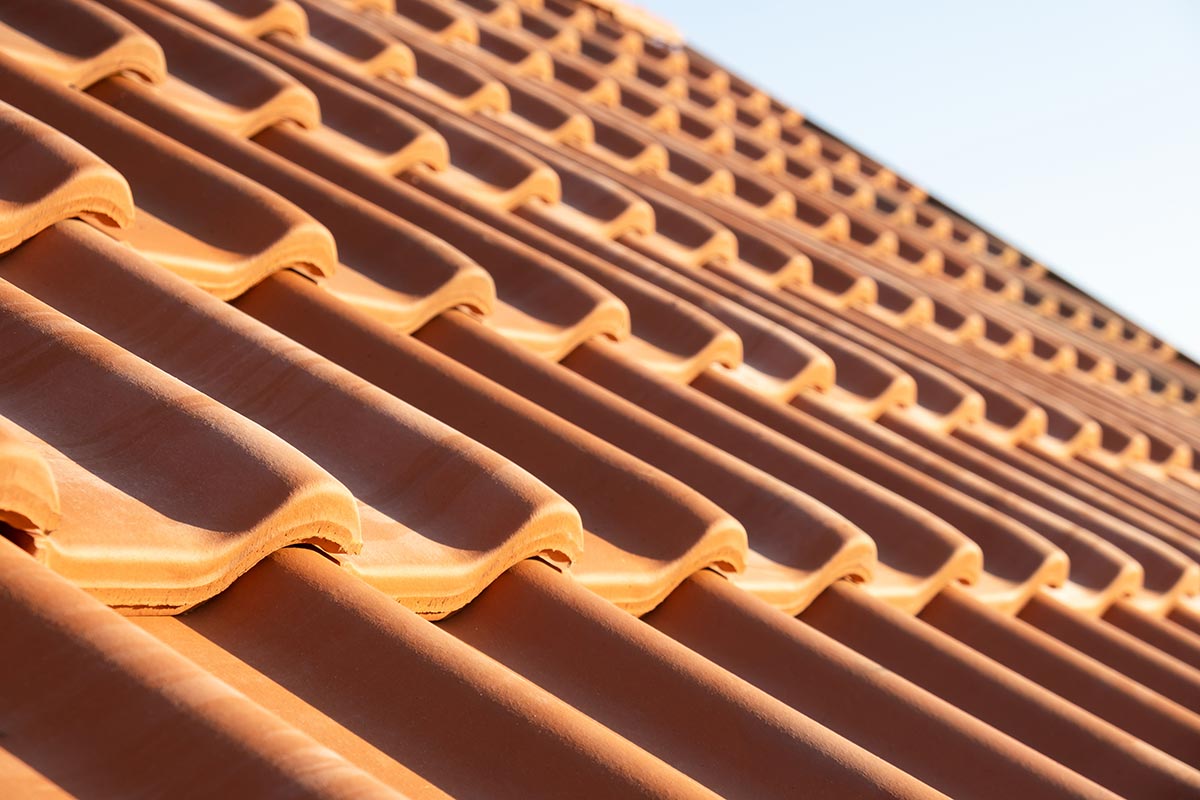
Why Should You Go For Roof Tiles As Your Roofing Material?
Roofs made of tiles are attractive and sturdy. When built in the proper conditions, a tile roof can survive more than 100 years. Hail, strong winds, and even fire have all been reported to be withstood by clay and concrete tile roofs.
Today's roofing tiles are frequently constructed from molded, colored concrete, as opposed to the majority of roofing tiles that were traditionally fashioned from slate, burnt clay, or terracotta products. Curved, flat, fluted, interlocking, and many other shapes and styles are all possible for roofing tiles.
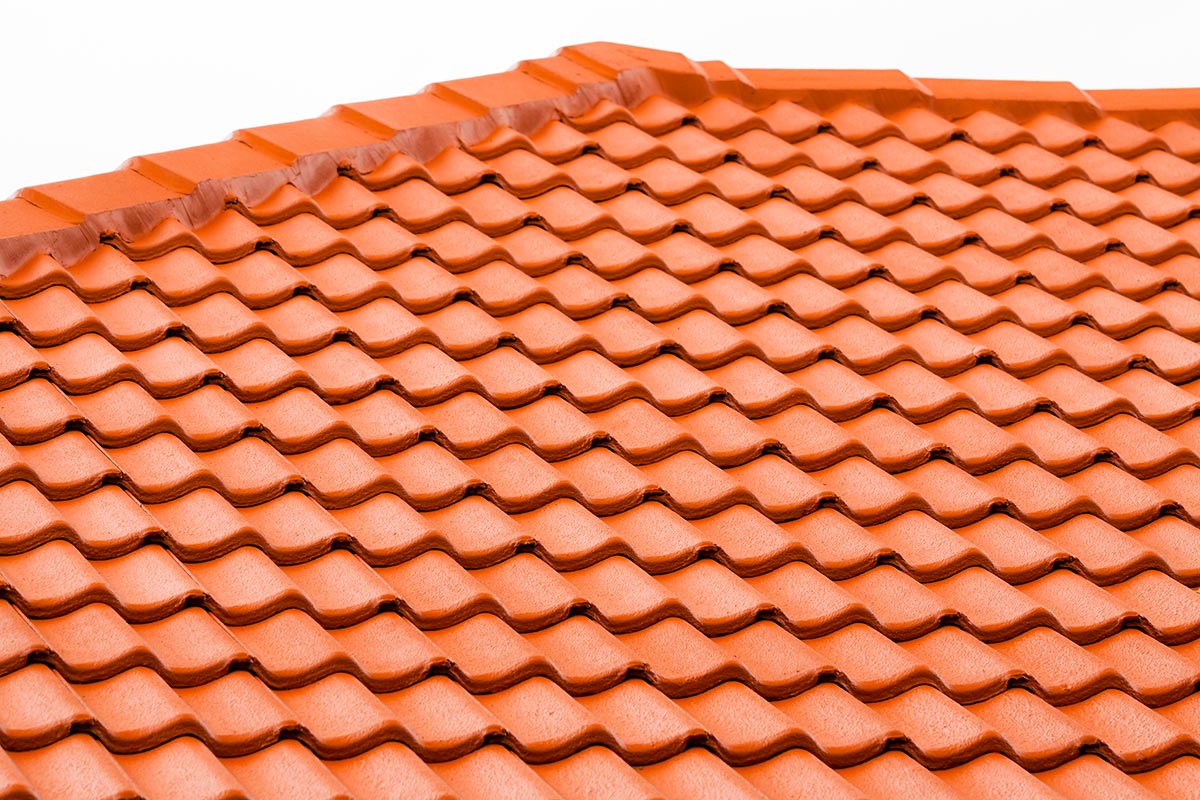
For roofs exposed to salt air or hot weather, tile roofing is a fantastic option. Since many types are efficient at shedding precipitation from cloudbursts, they can also be appropriate for climates where infrequent showers dump enormous amounts of water in a short period.
However, be aware that this type of roofing system is highly heavy and susceptible to breaking in certain situations if you're thinking about having tile roofing installed on your property. The structural integrity of the roof framing must be very strong to support the weight.
What Are The Types Of Roof Sealants?
Here are the five types of roof sealants you can find in the market:
1. Acrylic
The most popular kind of roof sealant, acrylic, is designed to reflect ultraviolet (UV) radiation. Acrylic coatings can be applied in one or more coats and are made entirely of acrylic. The majority of manufacturers base their warranties on coverage rates; extended warranties call for more coverage.
When precipitation is likely to fall within a certain amount of time after application or when the temperature is below freezing, acrylic coatings you shouldn't apply this sealant type.
Acrylic curing times are largely weather-dependent, and cold or humid conditions will delay the curing. A warm, dry climate with minimal humidity is ideal for curing.
Although they don't offer a waterproof barrier and don't do well against standing water, which is a major problem on flat roofs, acrylic sealants are also fairly moisture resistant.
Click here for this product on Amazon.
2. Polyurethane
Polyurethane sealants offer the finest rates of all coatings for impact resistance and foot traffic. Roof coatings made of polyurethane come in two varieties: aromatic and aliphatic.
Although polyurethane sealants are resistant to moisture, they are not as resistant to UV radiation. Because of this, in regions with more snow and rain than the sun, this sealant is preferred.
3. Silicone
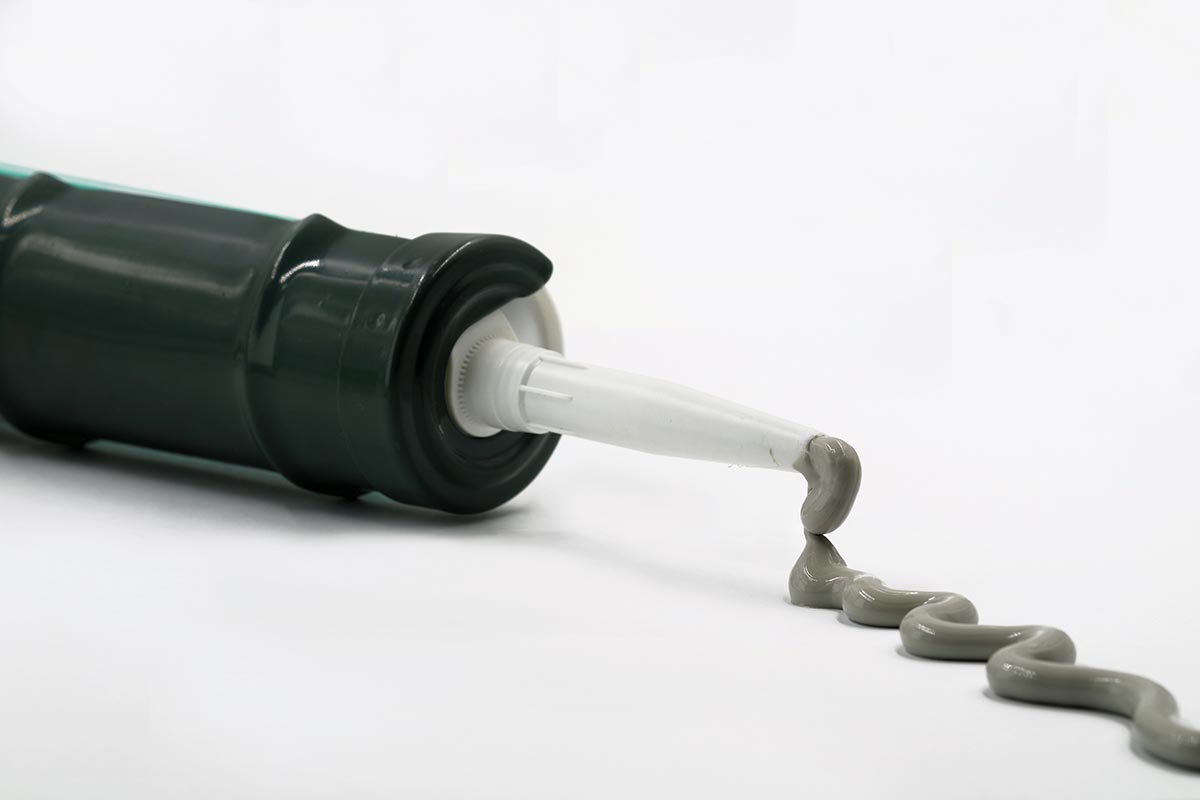
Silicone sealants are ideal for every weather situation, even exposure to the sun or severe rain because they provide great protection against moisture and UV radiation.
The manufacturing process for silicone sealants uses a high solids silicone dispersion. Because of its high elastic properties, it adheres to the surface quite well.
The biggest drawback is that coating an entire roof with silicone sealants might be prohibitively expensive for many individuals due to the cost.
Click here for this product on Amazon.
4. Rubber
Liquid rubber makes up rubber sealant, which serves as a potent shield from the sun and rain. These sealants are usually sold as fluid, thin formulations that make application simple.
Due to its thinness, it is simpler to stop small leaks and cracks.
Click here for this product on Amazon.
5. Sealant-Tapes
To fix small leaks and seal weak roof seams, sealant tape is made of thin strips of water-resistant material. Because the tape has an adhesive backing you can apply directly to the roofing material, you can use it quickly and easily without being messy or labor-intensive to use.
Additionally cheaper, sealant tapes are better suited for patching up tiny areas of leaking roofing. They aren't intended to cover significant portions of the roof, though.
Click here for this product on Amazon.
Are All Roof Sealants Waterproof?
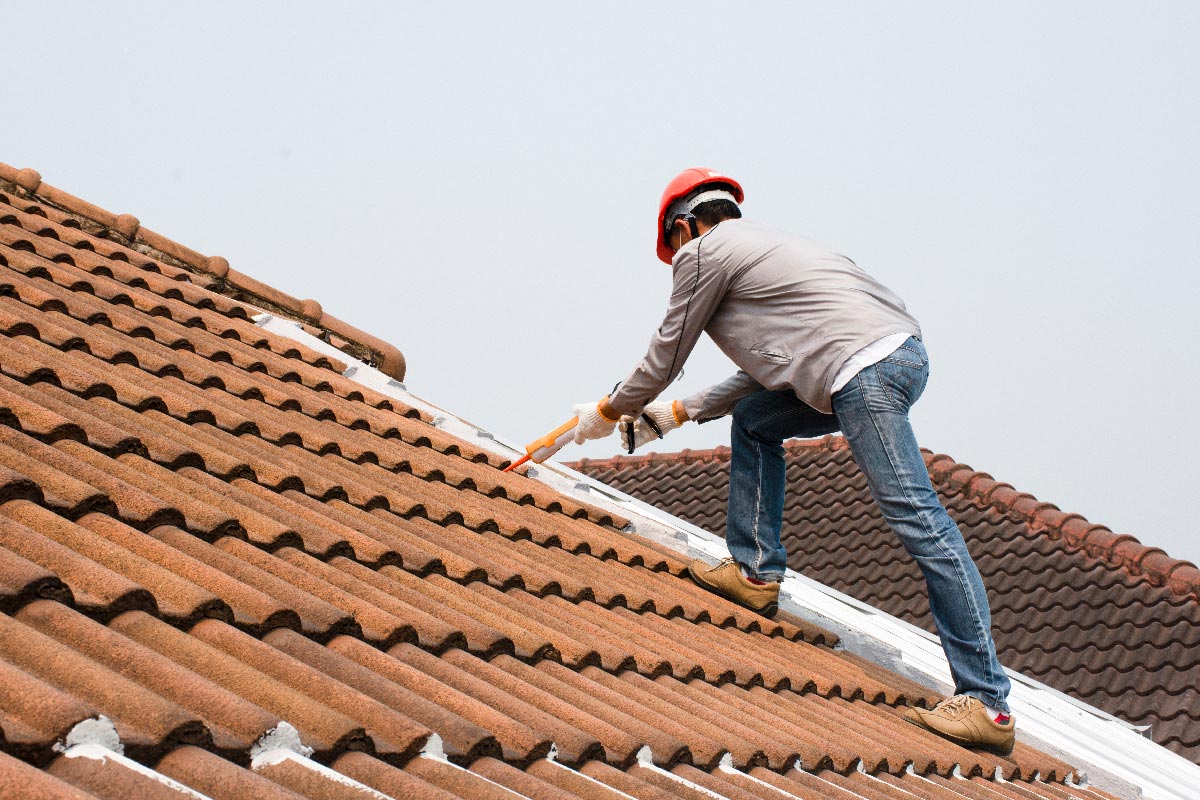
Every kind of roof sealant will provide some water resistance, but not all of them can create a barrier that is 100 percent watertight.
Rubber, silicone, and polyurethane are the best sealant types if waterproofing your roof is your primary objective. Each of these can withstand intense rain and standing water, while acrylic sealants and sealant tapes cannot.
Regardless of the kind of sealant applied, it frequently takes many coatings to thoroughly waterproof your entire roof. It's crucial to adhere to the manufacturer's recommendations for producing a waterproof membrane if that is your planned use.
Repairing small, isolated leaks is an exception, when a single coat of most sealants will be adequate to form a watertight barrier.
What Is A C5M Certification?
The International Organization for Standardization (ISO) developed the C1 to C5 certification standards to evaluate and verify a sealant's resistance to various environmental factors.
A sealant with a C1 certification can only withstand conditions with little in the way of corrosive substances, such as warm buildings with sterile air.
Buildings with high levels of condensation, humidity, or pollution can be extremely corrosive environments that a sealant with a C5 certification can withstand.
The majority of residential roof sealants won't have a corrosion resistance grade as high as C5M, but if your roof is exposed to especially corrosive circumstances, you might want to look into C5M-certified sealant solutions.
Final Thoughts
Sealing concrete tiles may give you a sense of protection, not only for your roofing material but also for yourself. However, it is not necessary to do so. Your roof tiles will still do their job of protecting your home from moisture.
It is totally up to you whether the advantages outweigh the disadvantages of sealing your roof tiles brings you.
If you enjoyed this post, you can check out our other ones!







